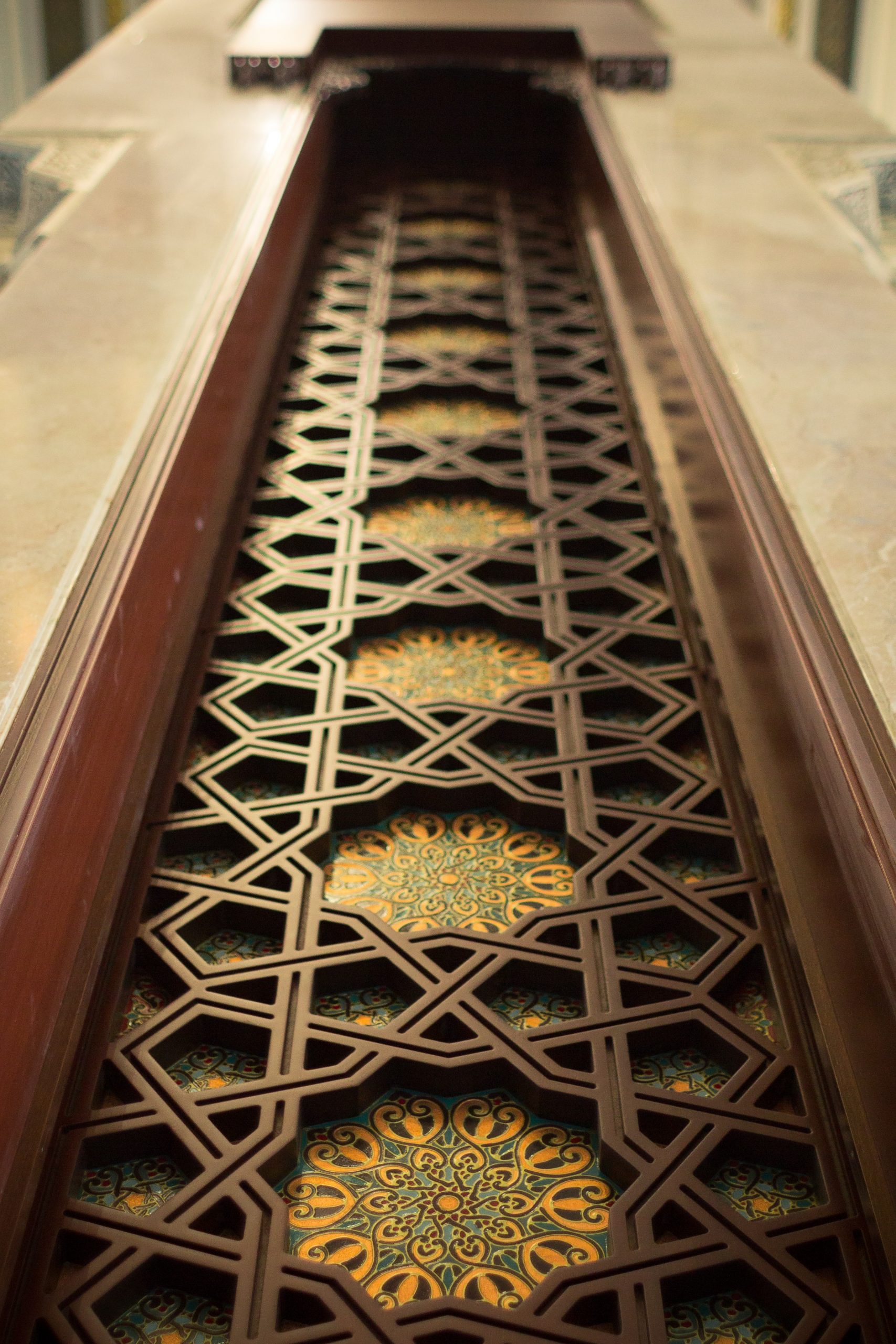
Our Global Neighbors: A story of Minangkabau in eight paragraphs
Published on November 16, 2017 | by australian.museum
Pieces of culture and history – West Sumatra, Indonesia.
Our Global Neighbours is a blog series comprising stories from and about cultures around the world.
Minangkabau people, in West Sumatra province of Indonesia, are known for spectacular longhouses rumah gadang, refined textiles (some with gold thread), lavish ceremonial costumes and strong matrilineal tradition.
Students of culture often marvel how Minangkabau knitted together matrilineal tradition with Islam, which assigns much greater leadership roles to men. The Minangkabau managed to resist and accommodate the patrilineal influences of conquering rulers, traders and religious zealots. Part of this success was due to a potent customary law, known as adat.
Some scholars hypothesize that adat is so deeply rooted that it would uphold the core values of social arrangements, while allowing adoption of changes and novelties around these central principles. To fully understand this marriage of a matrilineal custom with Islam would require a comprehensive analysis of Minangkabau culture through history, such as made in a revealing study by Jeffrey Hadler (2008). Here we can only suggest some cultural and historical markers that may have contributed to such an outcome.
In the last two millennia, the Minangkabau people were included in different kingdoms such as Melayu, subsequently absorbed by Srivijaya (650–1377); enigmatic Pagaruyung Kingdom, Majapahit (1290s–1500s); which fragmented resulting in King Adityawarman, a follower of Tantric Buddhism, founding a kingdom in the Minangkabau highlands at Pagaruyung and ruled it between 1347 and 1375. Subsequently there were three kings simultaneously with a different “portfolio”: World (Raja Alam), Adat (Raja Adat) and Religion (Raja Ibadat). These charismatic if not mystic kings “did not have much authority over the conduct of village affairs.”
Some elements of cultural tradition and their symbols are often linked to King Adityawarman. The story, known in numerous variants, tells how the King defended the Minangkabau from the impending Majapahit invasion, by staging a fight between two bulls, standing for each warring party. The brilliant victory of Minangkabau’s bull was memorialized ever since, in the distinctive roofs of the longhouses and some headdresses, evoking the horns of a bull.
It appears the large and even smaller kingdoms ruled many communities of different cultural traditions and had no intention of making their subjects uniform, but rather extracting dues, labour and wealth from trading. Through foreign traders, Islam has been trickling in since the 16th century. Concurrently Europeans began exploring trading opportunities, keen to acquire gold and spices. The Dutch East India Company was satisfied with monopolising sea trade, but stayed away from organising production and did not venture into the highlands – a heartland of Minangkabau people.
In the early 19th century an ideological conflict between Padri clerics, inspired by a fundamentalist form of Islam (Wahhabism), and the Minangkabau nobility and traditional chiefs, known as “Adats,” escalated into a war – Padri or Minangkabau War. Padri objected to the cockfighting, gambling, opium, folk beliefs and matrilineal tradition. The “Adats” asked the Dutch for assistance which was granted and by 1837 the nobility defeated the Padri faction. The Dutch, of course, obtained various trading privileges and eventually fully occupied Minangkabau. A fascinating personal story of one of the Padri leaders, Tuanku Imam Bonjol, (1772–1864) illustrates some reconciliation of those factions. Islam was increasingly aligned with anticolonial movements. Economic exploitation led to the 1908 Anti-Tax Rebellion and the 1927 Communist uprising, but it was another few decades before an independence of Indonesia became reality in 1945.
For numerous reasons, of which economy is quite prominent, Minangkabau men (and some women) have been migrating to different provinces and other countries in search of work, better education and other opportunities. Over half of nearly 7 million of Minangkabau people live away from West Sumatra. It makes good sense that women remaining in the homeland hold the property, inheritance rights and family lineage. Recently more people are moving to towns and cities, resulting in a declineing importance of inheritance of land, property and adherence to adat.
Reference:
Jeffrey Hadler – Muslims and Matriarchs: Cultural Resilience in Indonesia through Jihad and Colonialism. Ithaca, NY: Cornell University Press, 2008
Prepared by Prima Hidayoza and Stan Florek








